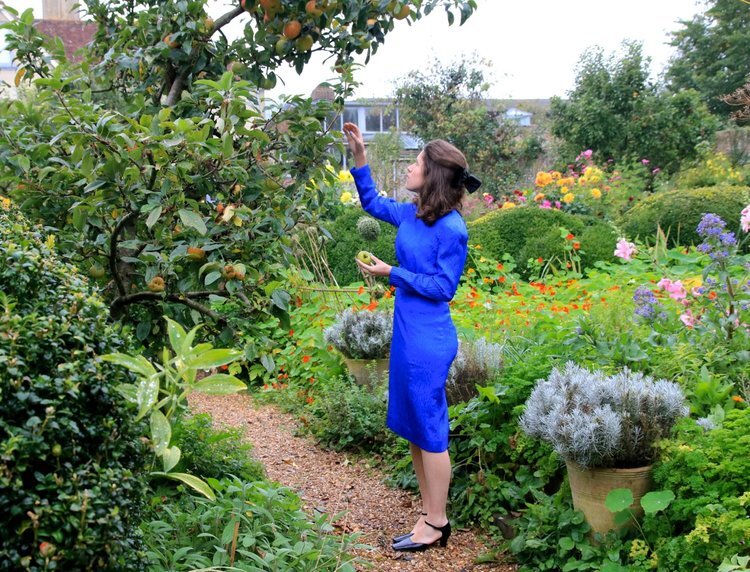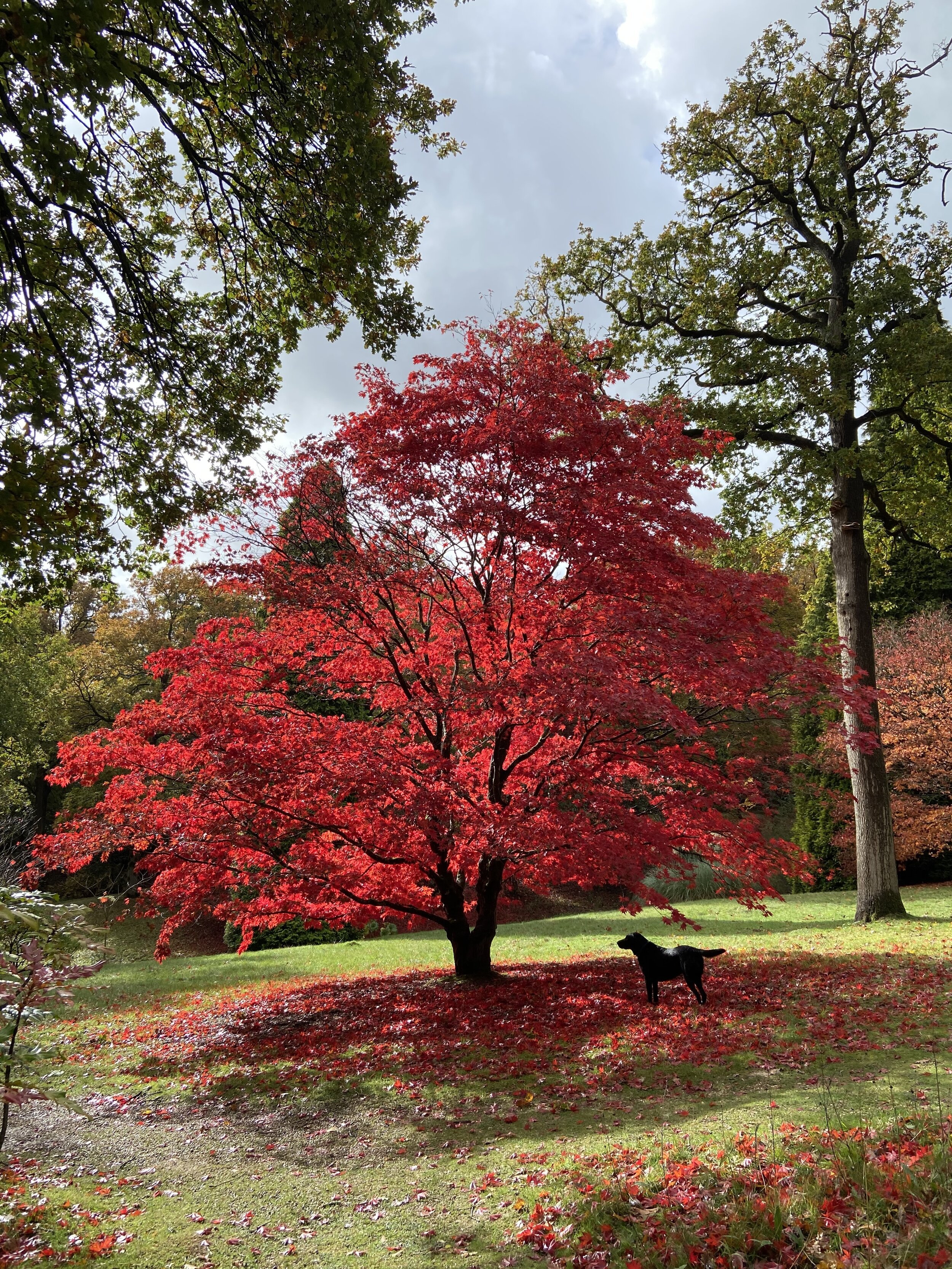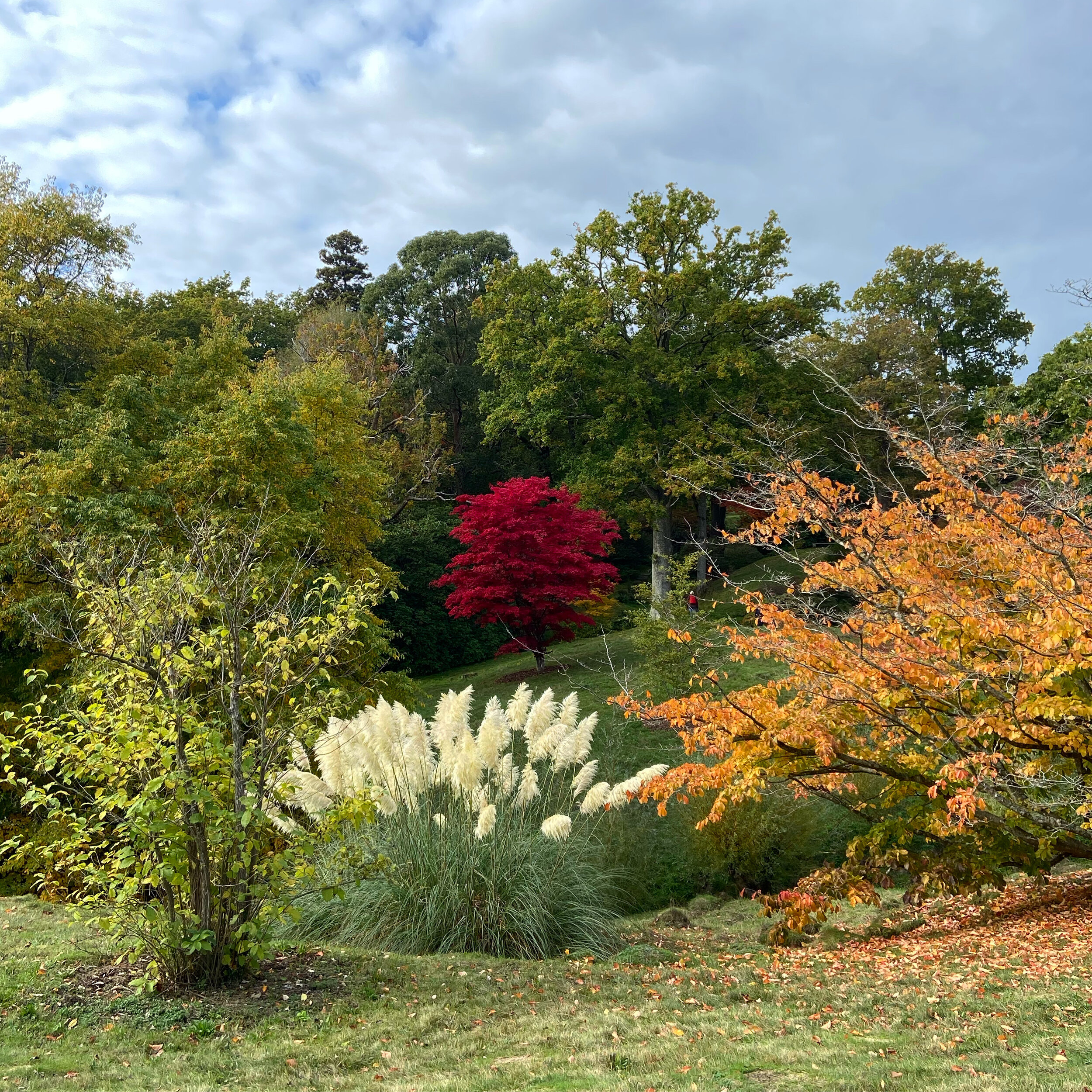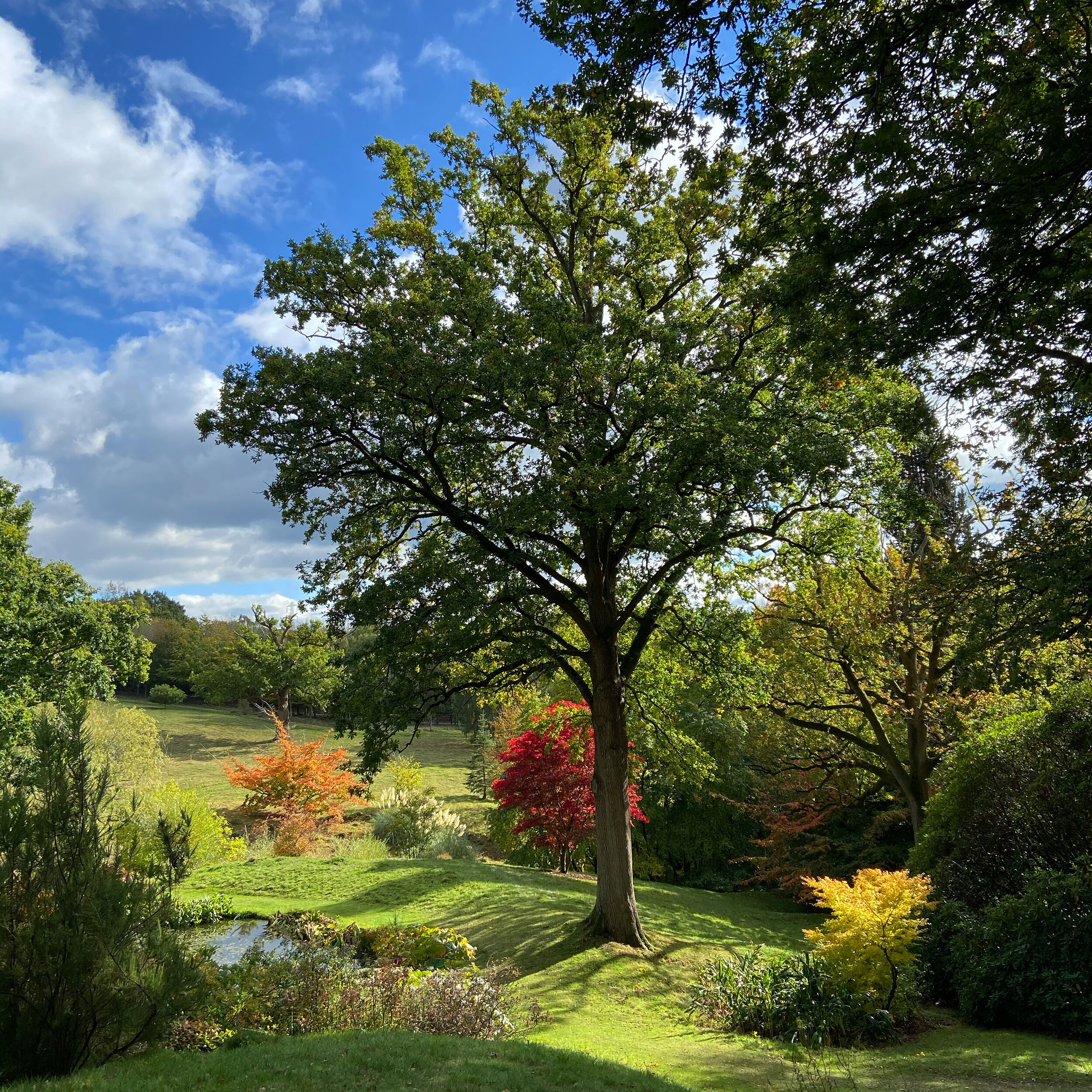2020, An Ode to the Garden
The garden is my favourite place.
Whether I’m admiring the borders of a formal garden, going for a long walk in a woodland garden with the dogs, sitting in a friend’s garden enjoying a drink, or simply reading a good book in a favourite shady spot, the garden is the place I like to be most of all.
And this year, thanks to Covid, I’ve spent more time in gardens than ever before. Gardens really have come to the forefront during 2020 - walks with friends in the garden, birthday parties in the garden, lunch in the garden, tea in the garden, a visit to a public garden, a visit to a friends garden, presents from the garden (thank you for those amazing homegrown Bay leaves Alex), food from the garden - garden time galore!
Gardens have thrived this year, or at least, without any cinemas, shopping malls or other indoor attractions open, people have flocked to visit public gardens and have spent time cultivating their own gardens.
I spent much of 2020 selling tickets on the gate at High Beeches Garden, and I think, although I can’t be sure, this year of the outdoors, has fuelled a certain inquisitiveness. Driven outdoors into the great gardens of Britain, and thanks partly to the ever growing conservation movement, people are beginning to appreciate these gardens for what they are. Beautiful, green pockets of wonder, full of an incredibly diverse array of plants and wildlife, little oases amongst the ever spreading towns, green spaces, that are being preserved for future generations.
And this is good, very good, as these gardens don’t just deserve to be appreciated, they need to be cared for, and conserved. Most of all they need to be understood. The public gardens in this country aren’t just ‘theme parks’ visited for the quality of their coffee and cake, the gift shop and the adventure playground.
Thanks to the ‘Plant Hunters’ of the 19th century, these carefully planted and thoughtfully arranged gardens are full of the most incredible and diverse native and exotic plants, some of which are now extinct in their native countries. Just hop down to Kew or RHS Wisley and start reading the plant tags and you may be amazed at the far off places many of the trees originally came from - Maple Trees from Japan, Giant Redwoods from North America, Rhododendrons from China, and here they are on our back door step, happily growing and there to be enjoyed by all.
And these gardens contain some of the last examples of the native flora of this country, preserved where otherwise it would have likely been turned into forestry or arable land. High Beeches Garden has a beautiful wildflower meadow, full to the brim with native wildflowers, which have been happily growing year-after-year long before the formal garden was laid out.
In the same way we have become de-sensitised to where our food comes from, we need to unplug ourselves, take out our headphones, take our eyes away from our phones, even put down the camera and start looking properly at the plants growing in these gardens, and learn where they came from, how they grow, what they are used for and simply enjoy their beauty.
Botanical nomenclature can be inaccessible and confusing, so this year my plan is to start learning, digging into the classification of the plants and their histories, and spending more time in more gardens, and to share all of this with you.
I hope you will learn with me, and in the meantime, go visit a garden and really have a look, I promise you will both enjoy it and learn something!
Alice xxx
Photos taken at High Beeches Garden this Autumn.








